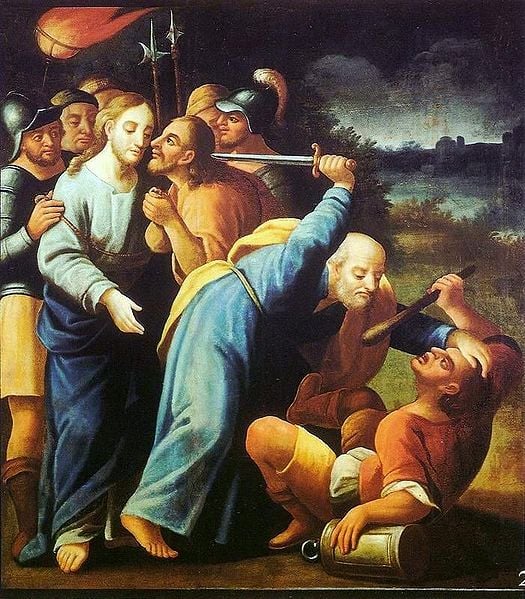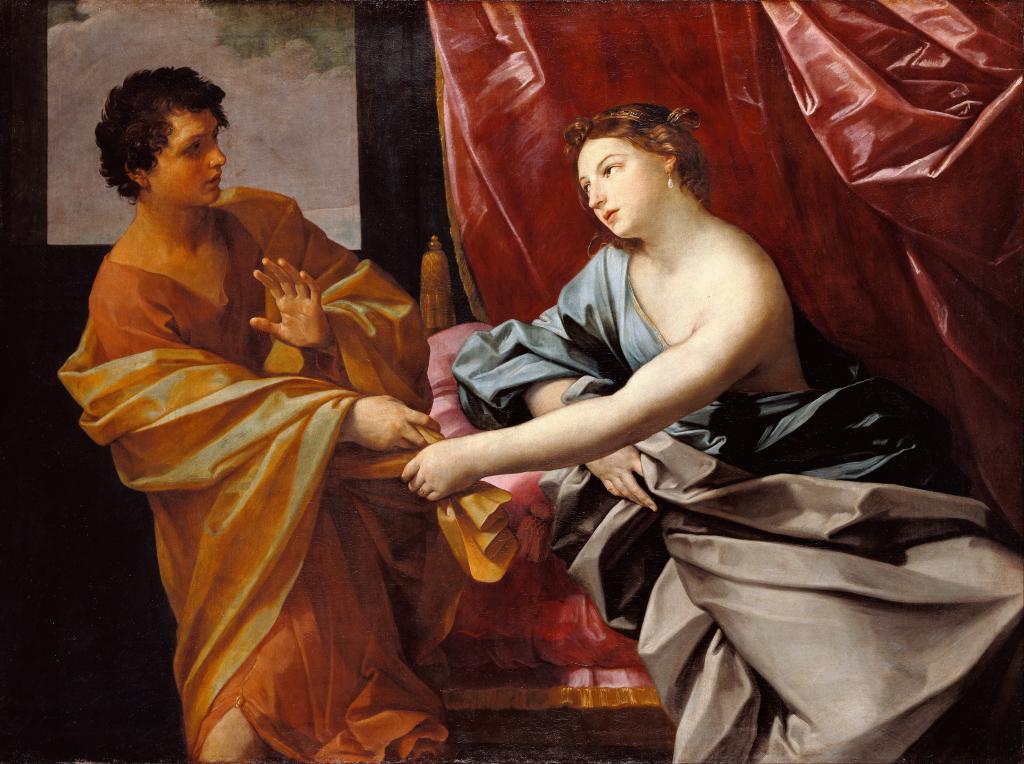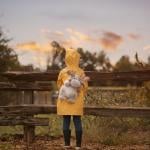The following are excerpts from a lecture on “Mormonism and the American West” that I will be delivering at the Chautauqua Institution this Thursday, July 24, as part of their week-long series on “The American West: Religious Evolution and Innovations.”
Happy Pioneer Day! Today [July 24] is the day we celebrate the Mormon pioneers entering the Salt Lake Valley in 1847. Pioneer Day is actually more of a cultural holiday than a religious one. There are no special religious rites or rituals performed, and many if not most Mormons outside the intermountain West forget the day altogether. But if you’re in Utah, or southeastern Idaho, or certain places in Arizona, chances are you’re celebrating Pioneer Day today.
For those of you who haven’t had the pleasure of experiencing this holiday, let me describe what it’s like. Think of it as a little like St. Patrick’s Day in Boston or Chicago, minus the alcohol and plus a lot of jello and ice cream. So let’s say you’re in Utah today, my home state. Because Pioneer Day is a state holiday, you probably will have the day off work. That will free you up to take your family to a subpar pancake breakfast provided by the Boy Scouts at your local church or park. Either that, or you’ll watch the Days of ’47 Parade, which is like any other parade but with more cowboy hats and bonnets. Then, if you haven’t done so already, you’ll drive an hour or so to the Wyoming border, where you can buy illegal fireworks. Utahans tell a lot of jokes about Wyoming, but come firework season, they respect that Wyoming’s third largest export after oil and natural gas is gunpowder-based products.
Now that you have your patriotic explosive devices in hand, you’ll head back home and get ready for your family barbecue, at which there’s a pretty good chance you’re going to have both jello and ice cream. Then, while you’re waiting for it to get dark so that you can break the law in true pioneer spirit by setting off your illegal fireworks, you’ll go to a rodeo, where you will witness and cheer the demonstration of skills that haven’t actually been useful anywhere in the West for about a century.
It’s dark now, and finally time for the reason for the season: fireworks. Since Utah has been in extreme drought roughly since the end of the last Ice Age, there’s about a 1 in 3 chance that your illegal incendiary devices will light something on fire—preferably your neighbor’s lawn, not roof. I believe it’s also mandated by state law that in commemoration of 1847 there will be at least 47 fires set in the mountains by teenagers and others drunk with the spirit of the pioneers’ bringing of light and civilization to the region. All of this contributes to a layer of smoke that will hover over the valleys for at least a week, meaning the air quality will plummet to the point that every cough and stinging eye will remind you of the heroic struggles of the pioneers as they trekked across the plains.
* * *
Following that lighthearted introduction, I’ll narrate the story of a remarkable pioneer, Louisa Barnes Pratt. After converting to Mormonism with her husband Addison in 1838, the Pratts moved to Nauvoo, Illinois, in 1841. Addison was called on a mission to the Society Islands (Tahiti) in 1843, leaving Louisa alone with her four young daughters. All quotes taken from her published autobiography, The History of Louisa Barnes Pratt, ed. S. George Ellsworth (Logan: Utah State University Press, 1998).
When the time came for the Saints to leave Nauvoo in spring 1846, Louisa asked a church leader what she should do. “Sister Pratt,” he answered, “[we] expect you to be smart enough to go yourself without help, and even to assist others.” The plucky Louisa thought to herself, “Well, I will show them what I can do.” Almost singlehandedly, she prepared a wagon team and left the city as part of the mass exodus of the Saints, her four daughters, ages 5 to 14, in tow. The journey across Iowa was far more difficult than the Saints had expected. They were forced to stop on the western edge of the Missouri River, just beyond Iowa Territory in Nebraska, and hunker down, appropriately naming their makeshift settlement Winter Quarters.
Like many others, Louisa arrived in Winter Quarters sick, and remained sick for most of the year-and-a-half she lived there. With a dearth of lumber, the Mormon refugees were forced to construct shelter out of whatever they could. Louisa paid a man a five dollar gold piece to construct for her what she called “a sod cave.” As she reported, “He took the turf from the earth, laid it up, covered it with willow brush and sod. Built a chimney of the same. I hung up a blanket for a door.” Unfortunately, a cow belonging to a neighbor kept knocking down her chimney, oftentimes just as she was preparing a meal. Finally, the chimney failed entirely, and she was forced to move with her daughters into a “dugout,” five feet underground. The cold and damp, compounded by the lack of nutrition, only meant more illness, including a long bout of scurvy which led to the loss of her front teeth. “I pined for vegetables till I could feel my flesh waste away from off my bones,” she remembered. “I would have given a yoke of oxen for a cheese, had one been brought to my door.”
Mormonism was nothing if not a community, however, and Louisa was cheered by other women, many of whom were not much better off than she was. Together they would pool whatever resources they had, including their spiritual power, to survive. At one point, Louisa wrote, “I shook till it appeared to me my very bones were pulverized! I wept, and I prayed. I besought the Lord to have mercy on me. The sisters were moved with sympathy. They assembled at my tent, prayed, anointed me with oil, and laid their hands upon me. Although I was not wholly restored, I was comforted, and enabled to bear more patiently my distress.” Camp leaders did what they could to relieve the suffering of the poor and “to keep life and spirit among the people,” including organizing occasional picnics, music, and dances. But the suffering continued—at least 300 people died at Winter Quarters, many buried in unmarked graves.
Finally, Louisa was well enough to join Brigham Young on his second, return trip to the Salt Lake Valley, departing in spring 1848. She was assigned to Young’s own company, as part of the larger train of 600 wagons traveling the lonely trail westward to the Great Basin. As anyone who has ever driven across the midsection of the country can attest, the pioneers “traveled hundreds of miles without seeing a single tree.” When at last they did spy a lone cedar tree far off the trail, a number of them walked to it simply for the pleasure of standing for a few moments under its shade. Finally, on August 20, the company crested the Wasatch Mountains and looked down upon the Salt Lake Valley. Louisa wrote exultantly in her daybook, “Our hearts leap for joy!”
One does not have to be Mormon to celebrate the achievements of the Mormon pioneers. Indeed, as we reflect on the indomitable Louisa Barnes Pratt and her pioneer brothers and sisters, no one put it better than the great (non-Mormon) Western writer Wallace Stegner: “That I do not accept the faith that possessed them does not mean I doubt their frequent devotion and heroism in its service. Especially their women. Their women were incredible.”[i]











